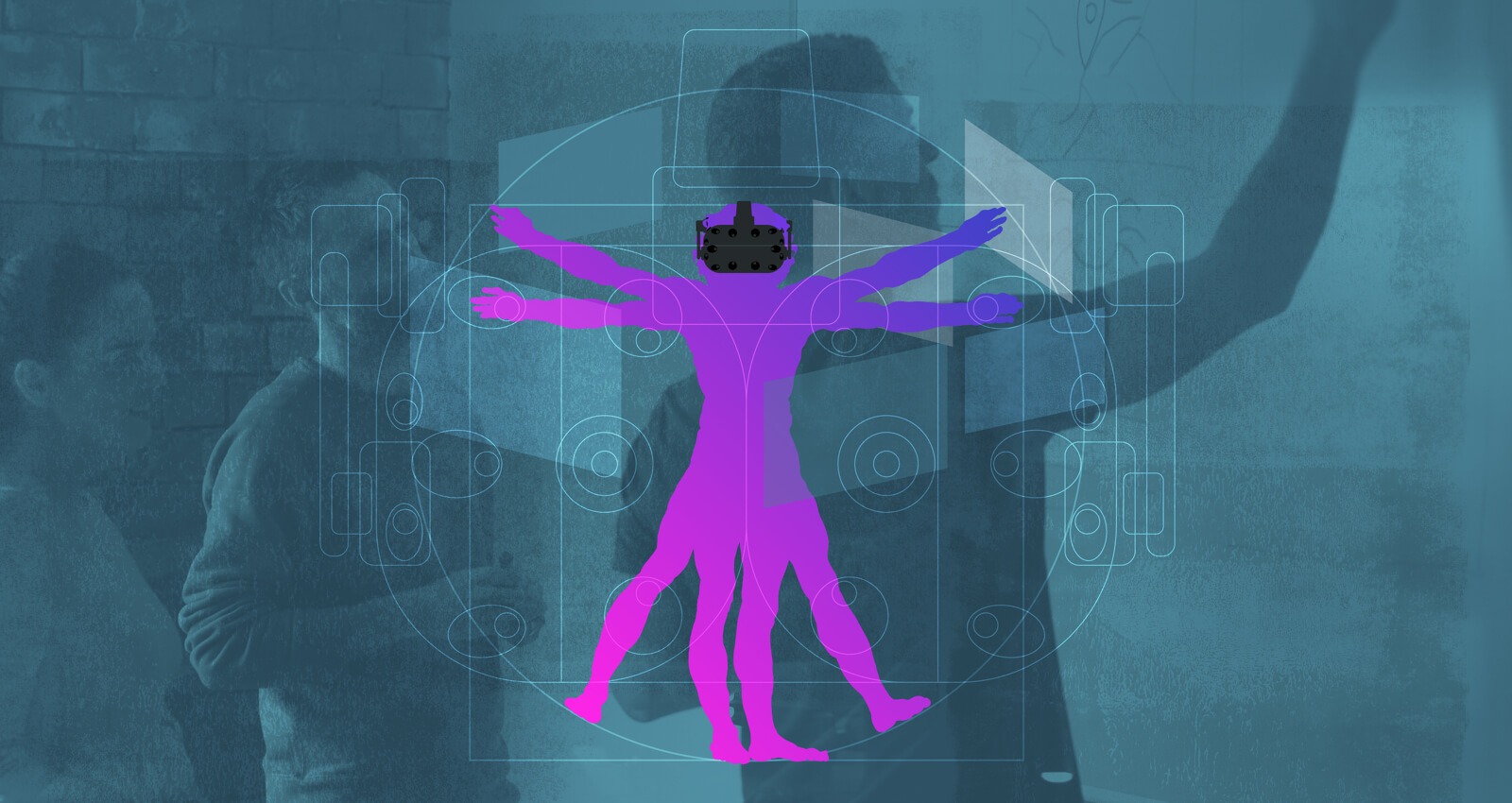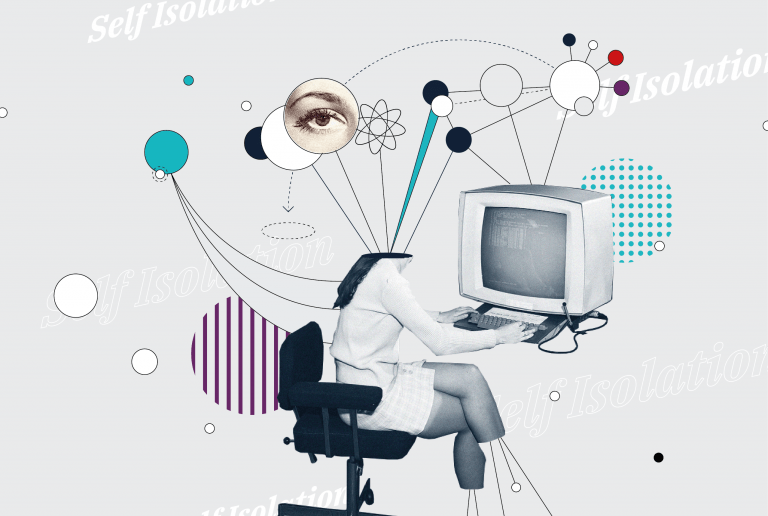
Leading Technology, by Design
Winning by Design, a report published at the end of last year by the Irish Department of Business, Enterprise and Innovation, references over 40 different variants of design. The list is inspired by the ‘disciplines of user experience’. Analogous to the challenge of defining a big word like design, Dan Saffer’s work seeks to map the etymology of ‘User Experience’ – for some, an equally nebulous term.
This year, Beltech’s theme is ‘Design in Tech’. Giving prominence to design and its growing role in the technology ecosystem is no better sign of how far we’ve come in Northern Ireland business. But our struggle to define what we really mean by ‘design’ is an indicator of the important work yet to be done.
In a recent exchange with Beltech’s curators, I listened to an experienced software lead from Kainos tell me about the rich engineering ecosystem we’re now known for in Northern Ireland. “But if we’re going to create products that can make a genuine impact in the world”, she said, “…we now need do the same for design”. I’m paraphrasing, but it was music to my ears.
Defining design isn’t easy… In Northern Ireland, enlightened businesses have just about figured out that user experience is mission critical, even though many struggle to untangle ‘UX’ and ‘UI’ or simply don’t care. For the record (and in my opinion), the former is a set of methods for designing better software, the latter is the point of interaction itself.
A mentor once told me that companies don’t want design, they want solutions to the problems they’re struggling with. It stayed with me. Design happens to be the best discipline I know that can address gnarly business problems as well as unlock opportunities for growth. So ‘design in tech’ puts the design paradigm into technology, offering a new perspective on how to launch products and services that prioritise users, customers, people – and their messy realities. Whilst technology is the great enabler, there is no design without people. When you think about it… if every inanimate thing we can see and touch has been ‘designed’, then design is fundamentally an expression of the human experience (… that’s Steve jobs, not me).
The debate rages on about what design is and how to do it. In a recent flurry of social chatter, Natasha Jen, Partner at celebrated design firm Pentagram argued ‘Design Thinking is Bullshit’. A headline-grabbing address delivered by a classically trained designer that, for me, missed the fact that designers aren’t terribly good at defining what design is, nevermind ‘design in tech’. It took a mechanical engineer called Dave Kelley to convince the business world about the value of design. He launched Stanford University’s globally acclaimed d.school and a little company called IDEO – now one of the world’s largest design firms.
Great design is a team sport – an output of inspired and diverse teams, not an individual pursuit. No one definition or checklist can accurately define what it is, although most of us can recognise it when we see it. So rather than add to the debate, a more useful exercise might be to describe the aspects of great design that show up consistently when design and technology are considered as two sides of the same coin.
As a sort of combined homage to Dave Kelley’s ‘Ten Faces of Innovation’ and MIT’s ‘Essential elements of design’, these are my nine aspects of great design (or considerations for better-integrating design into our businesses).
- Tools
Knowledge and practice of design tools allow teams to dial up their imagination and business intelligence, enabling new possibilities and communicating them to peers. - Function
Often referring to what things look like, design is also a process for making things work better. Technology continues to produce new capability, so the latter definition is more true than ever. - Systems
Systems thinking, computational design and inclusive design are the new design paradigms for a global audience where complexity is everywhere and the target is constantly moving. - Experience
Design makes a greater impact across the spectrum of interactions between business and customer. Experience is what we feel, think, or learn when we interact. - Sustainability
Great design considers the impact that products and services will have on the environment, our planet and its population. - Growth
Design and innovation bring measurable competitive advantage to technology companies that can embed design and have figure out how to do it consistently. - Beauty
From Apple to Airbnb, aesthetic rigour is an unmistakable part of how companies create great products and services. Competing on capability and value isn’t good enough. - Possibility
Where do ideas come from? Design teams practice abductive reasoning: asking ‘what if?’ to reveal genuinely new ideas that can be validated, if not proven. - Method
Technology is transforming the way things get done. Great design happens as a result of sophisticated processes that use technology to shape approaches, roles and workflows.
Design has a massive role to play in the realisation of Northern Ireland’s economic potential. So I hope that Beltech can kick-start a conversation about how we can grow through a better understanding of ‘design in tech’. By no means definitive, my list sets out the aspects of great design that can be enabled by technology. But to realise our potential, I believe businesses in Northern Ireland need to:
- Develop design capability across the organisation
- Build a better understanding of design and its value
- Nurture leadership to ensure design has a ‘seat at the table’
MIT Alum and current head of inclusive design at AutoMattic, John Maeda has documented design in tech’s growth over the past 4 years in his ubiquitous report. So the conversation is unlikely to go away anytime soon. As Tim Brown said in his TED talk all the way back in 2009, design got small in its preoccupation with style, but now ‘design is big again’. I would go further as to predict that design’s future will be shaped by its relationship with technology. And economic growth will be linked to how best we can embrace both.
Want to talk more about designing for technology?


